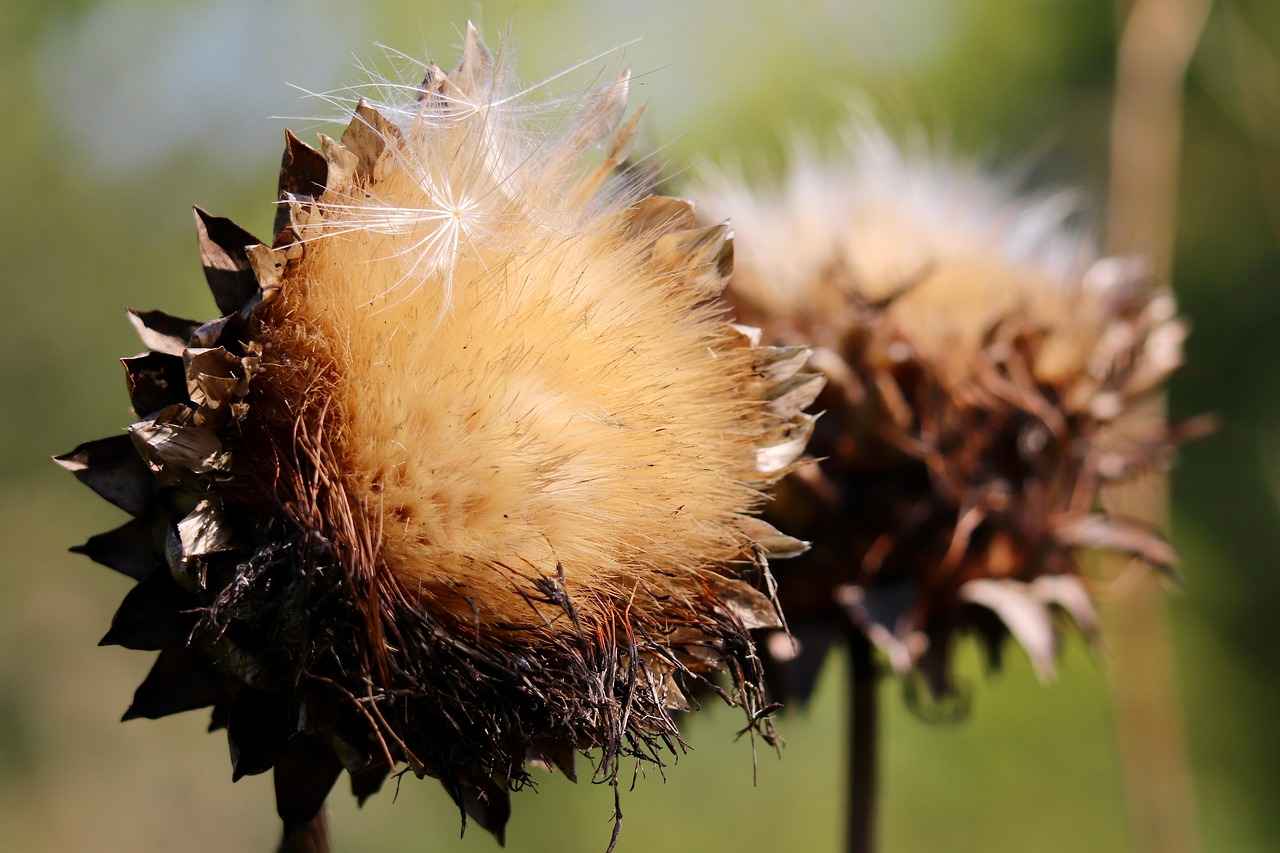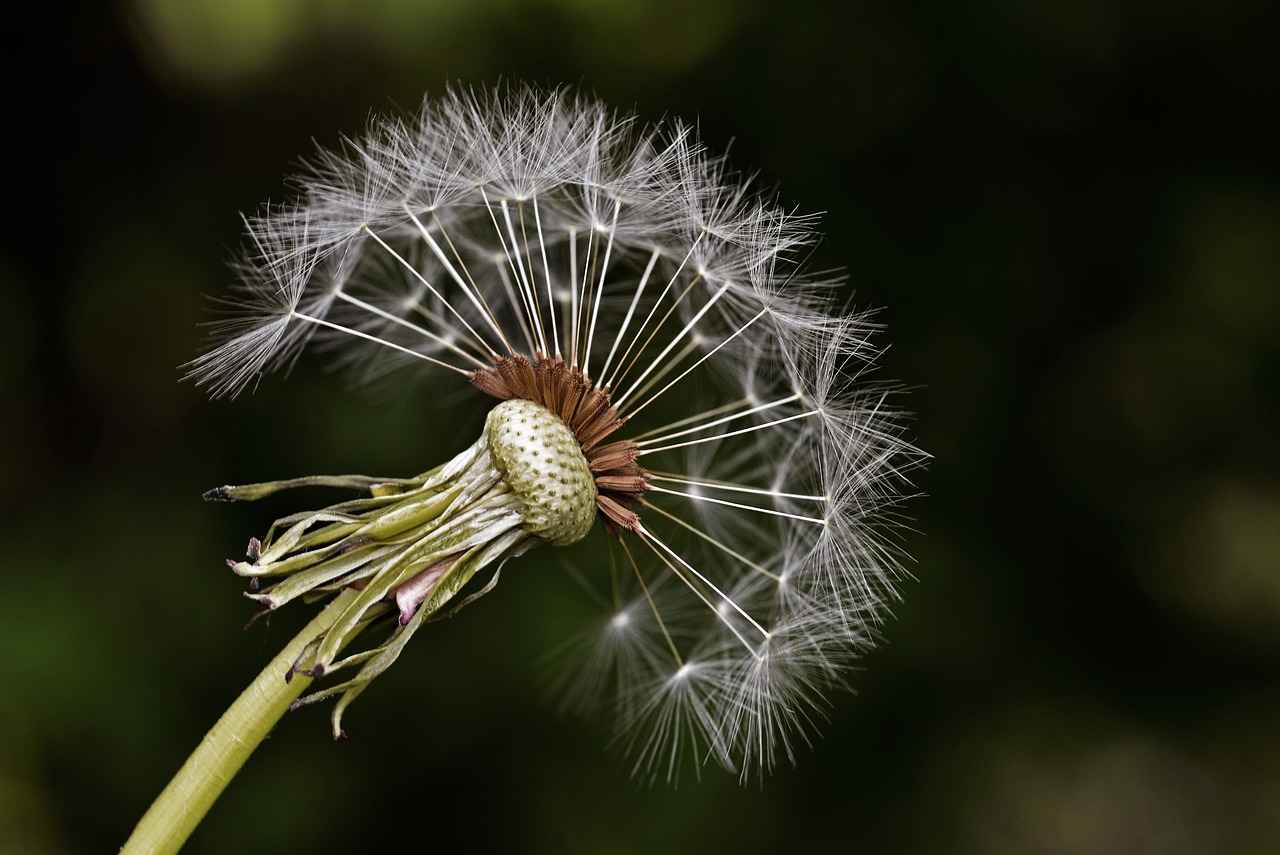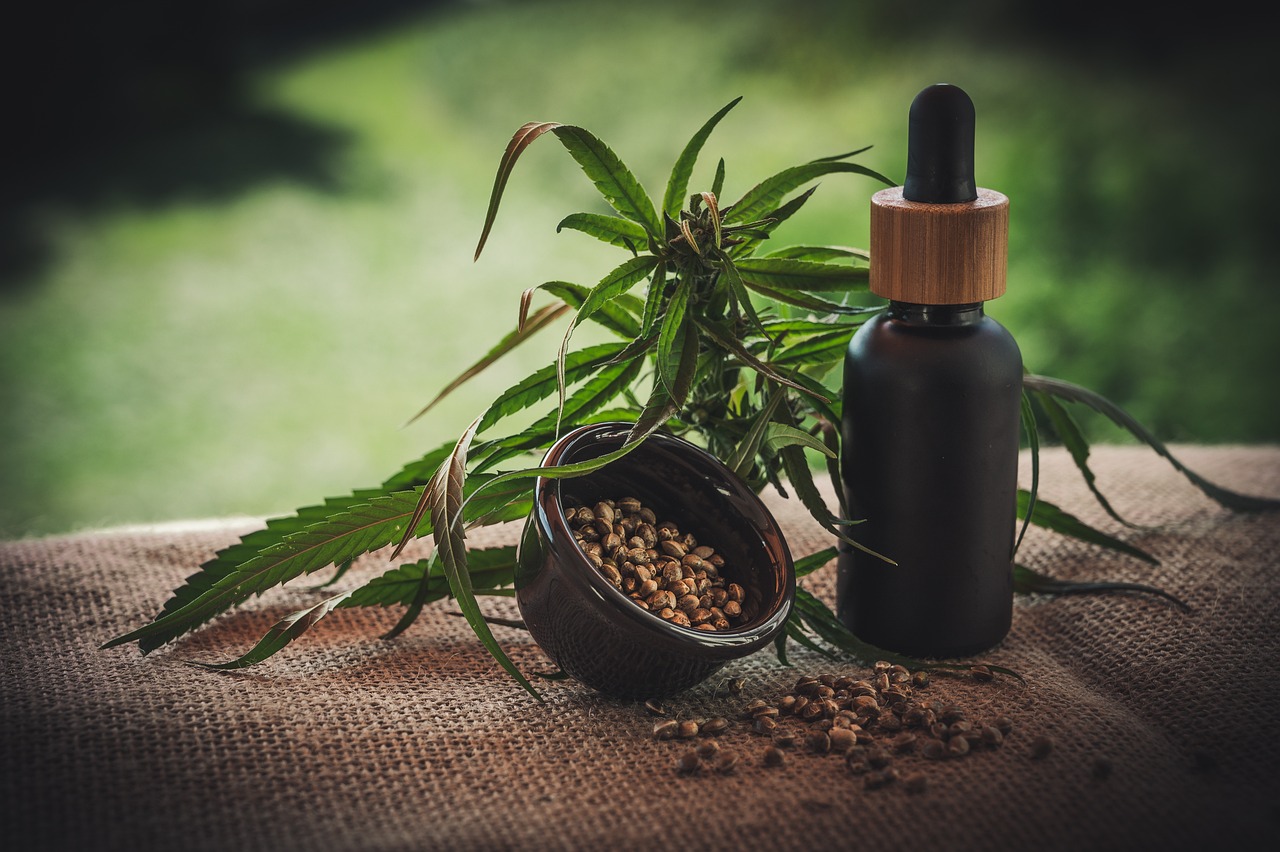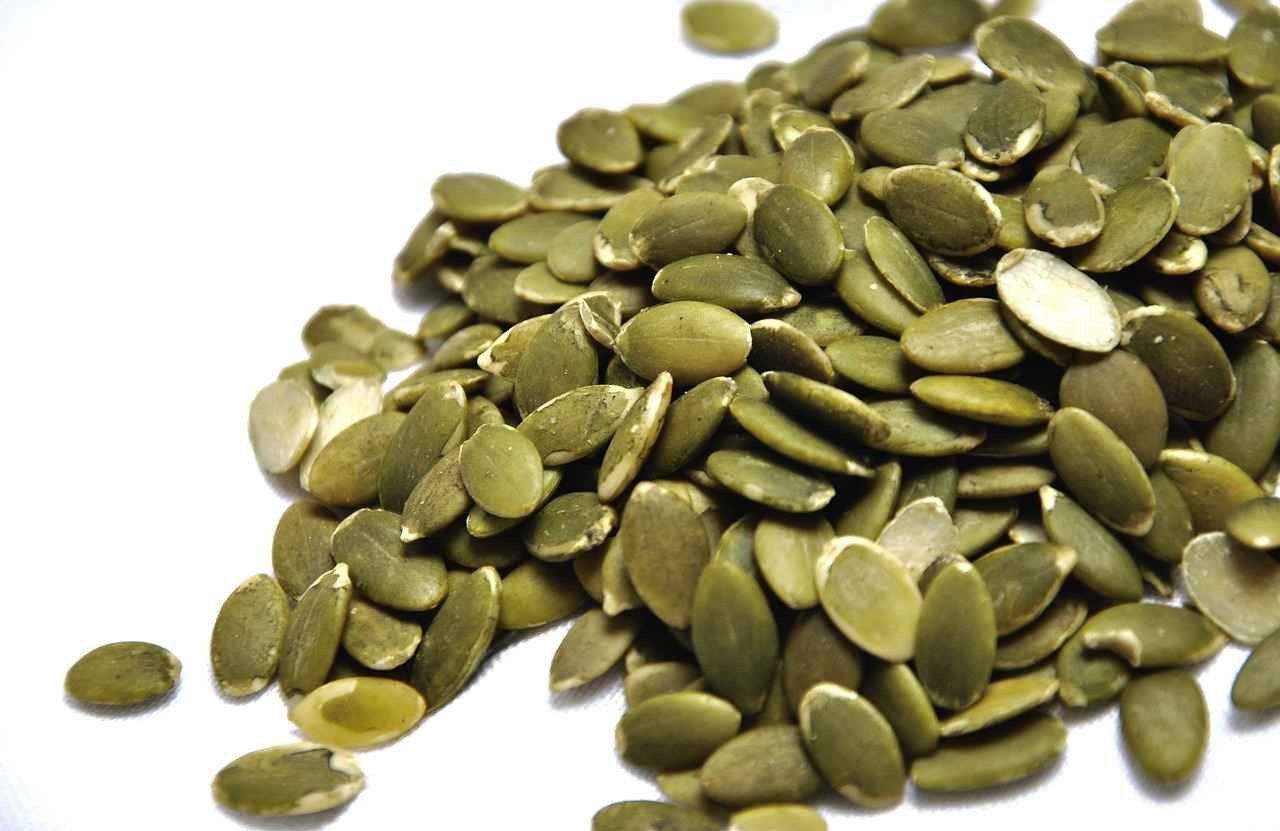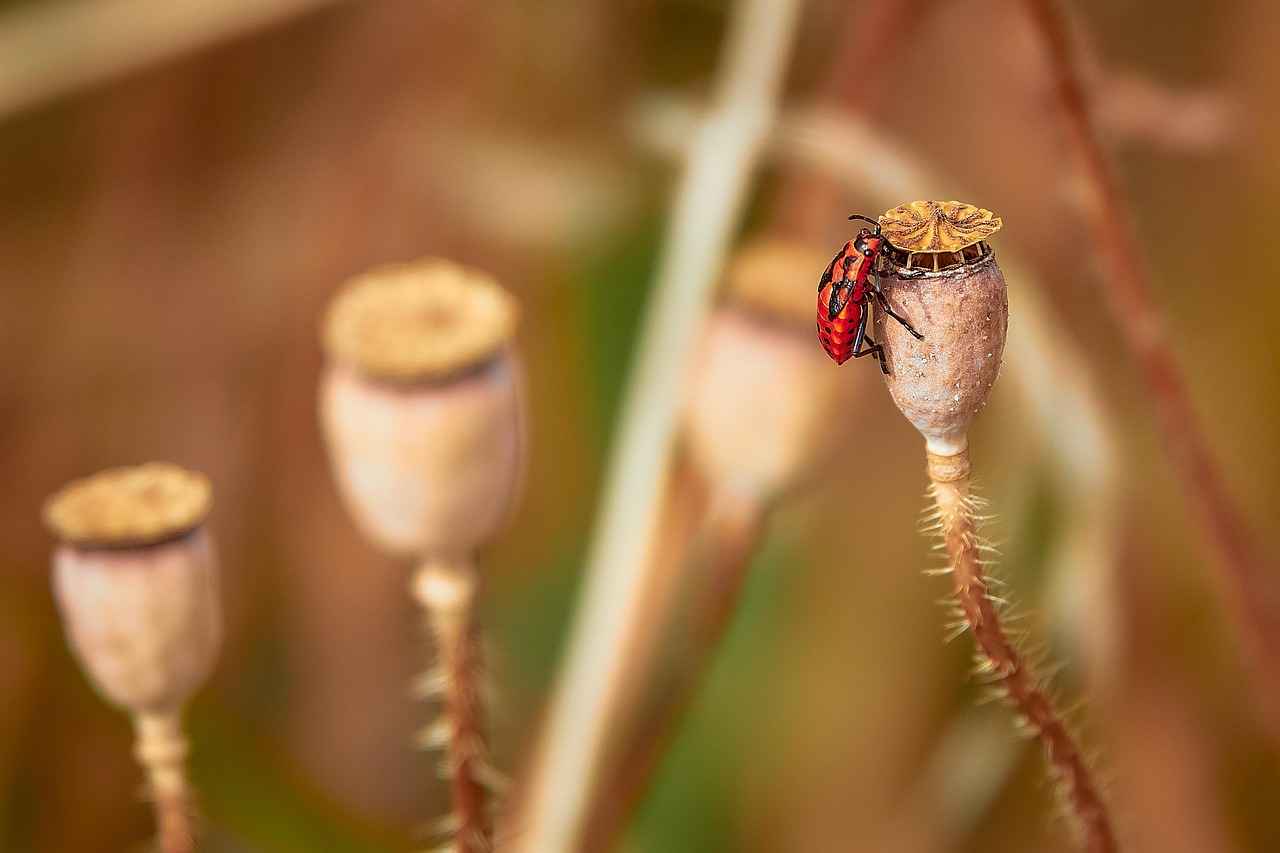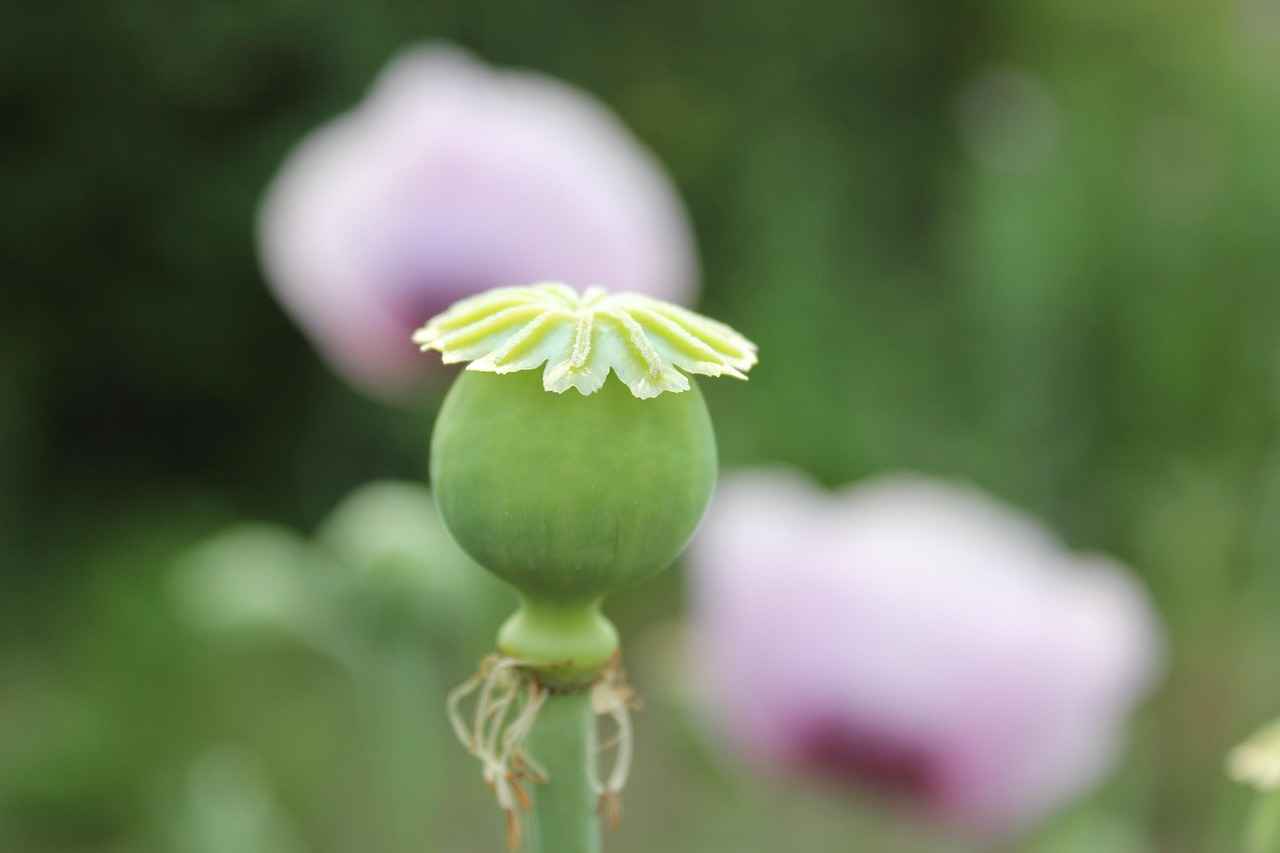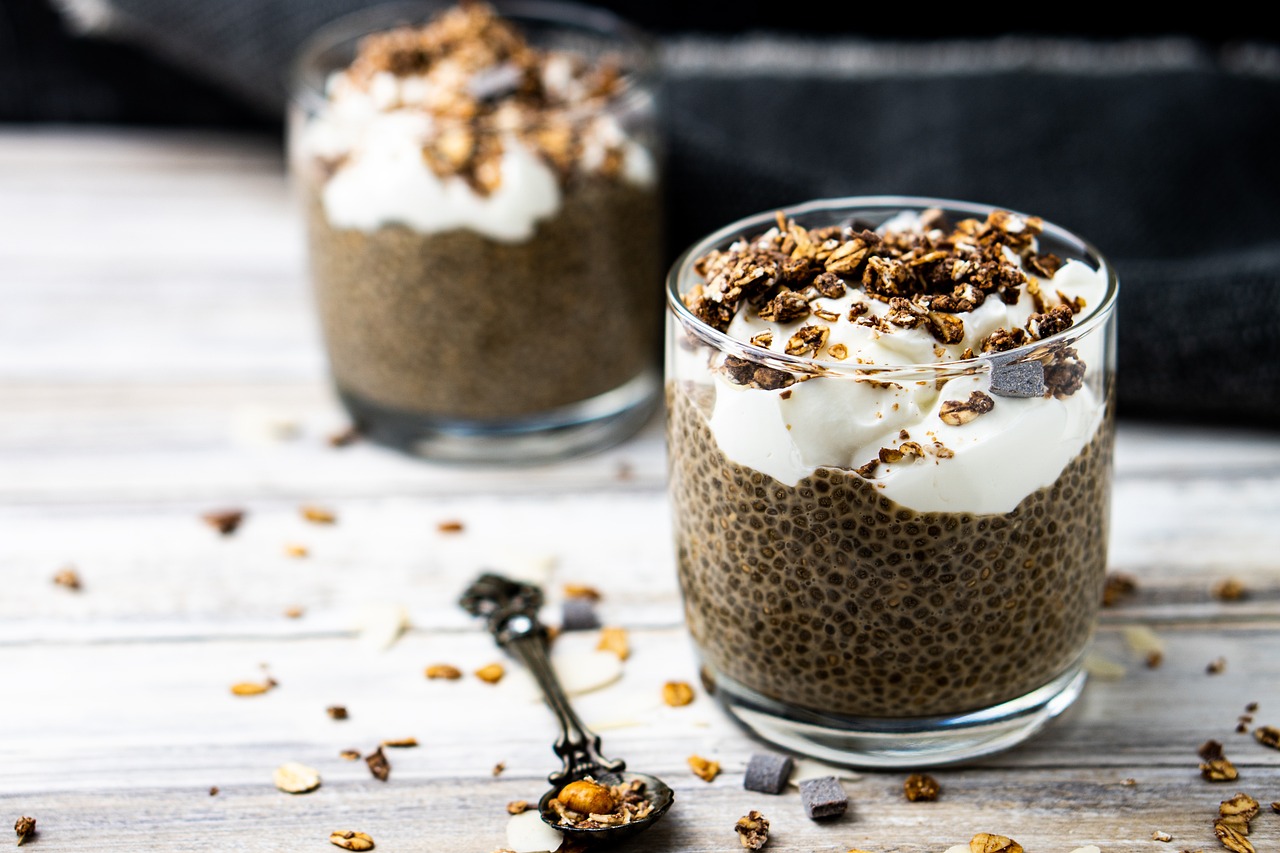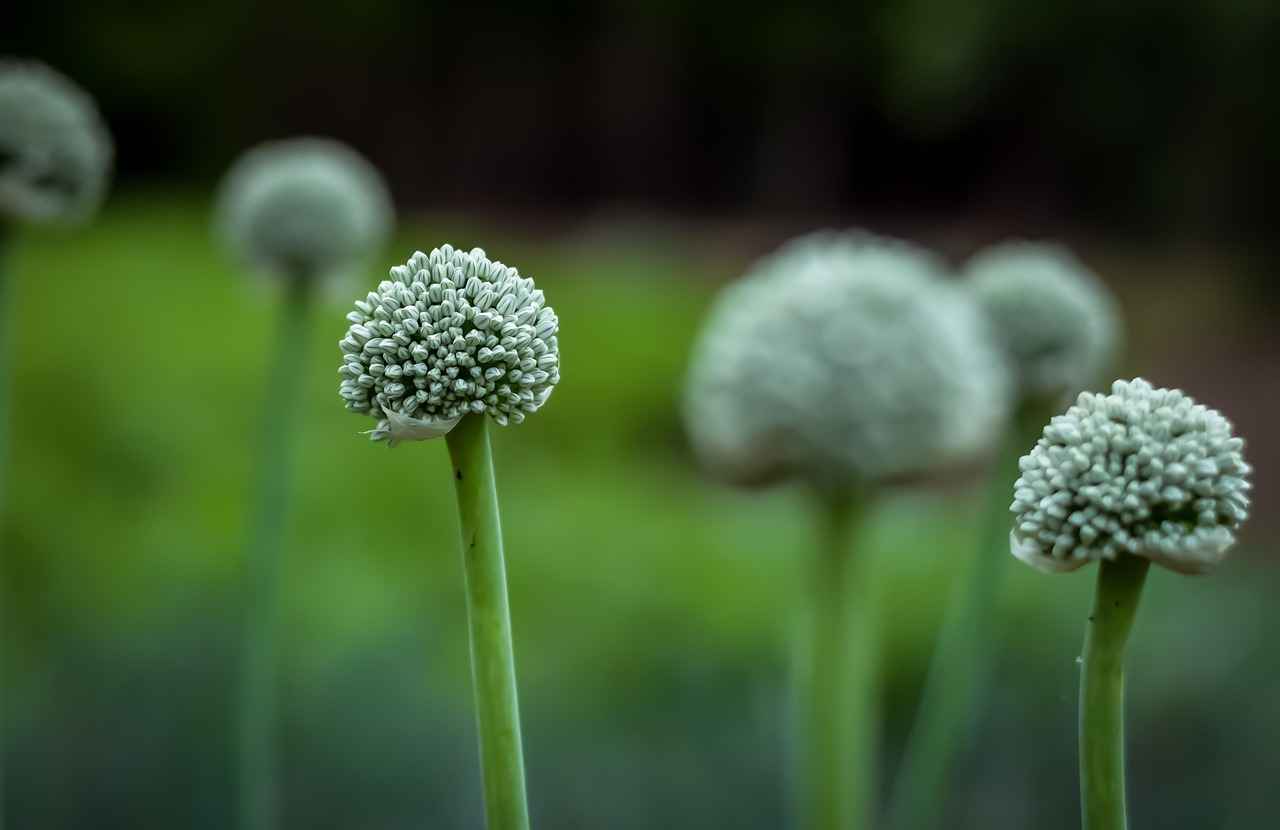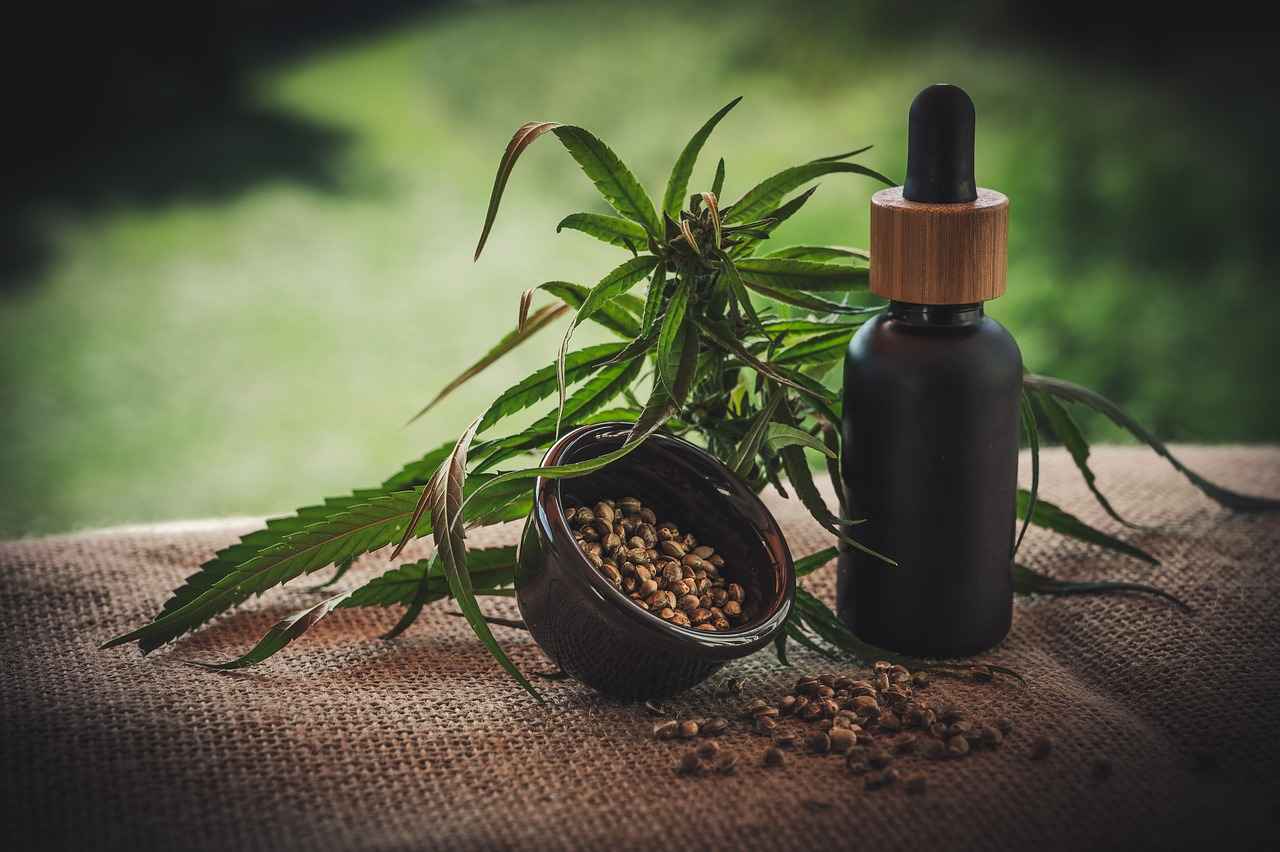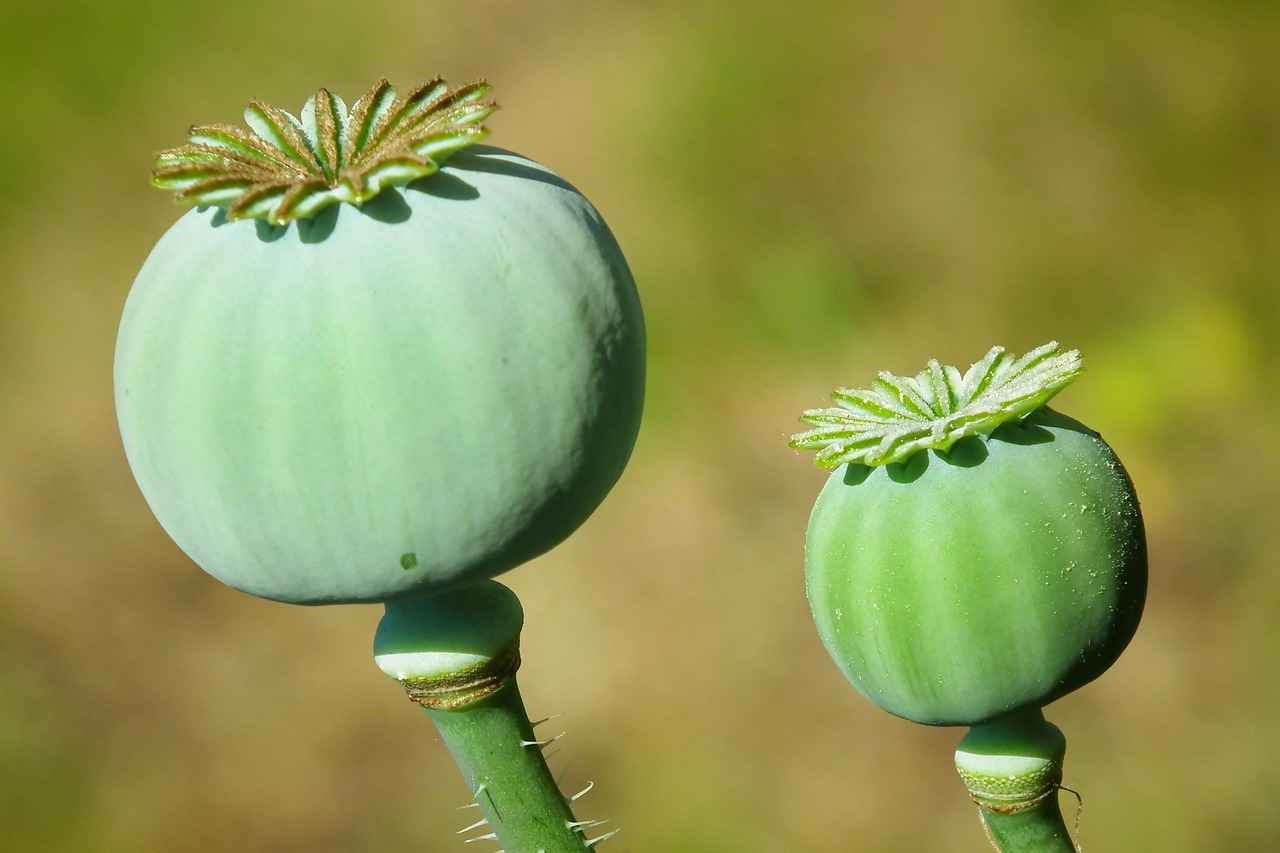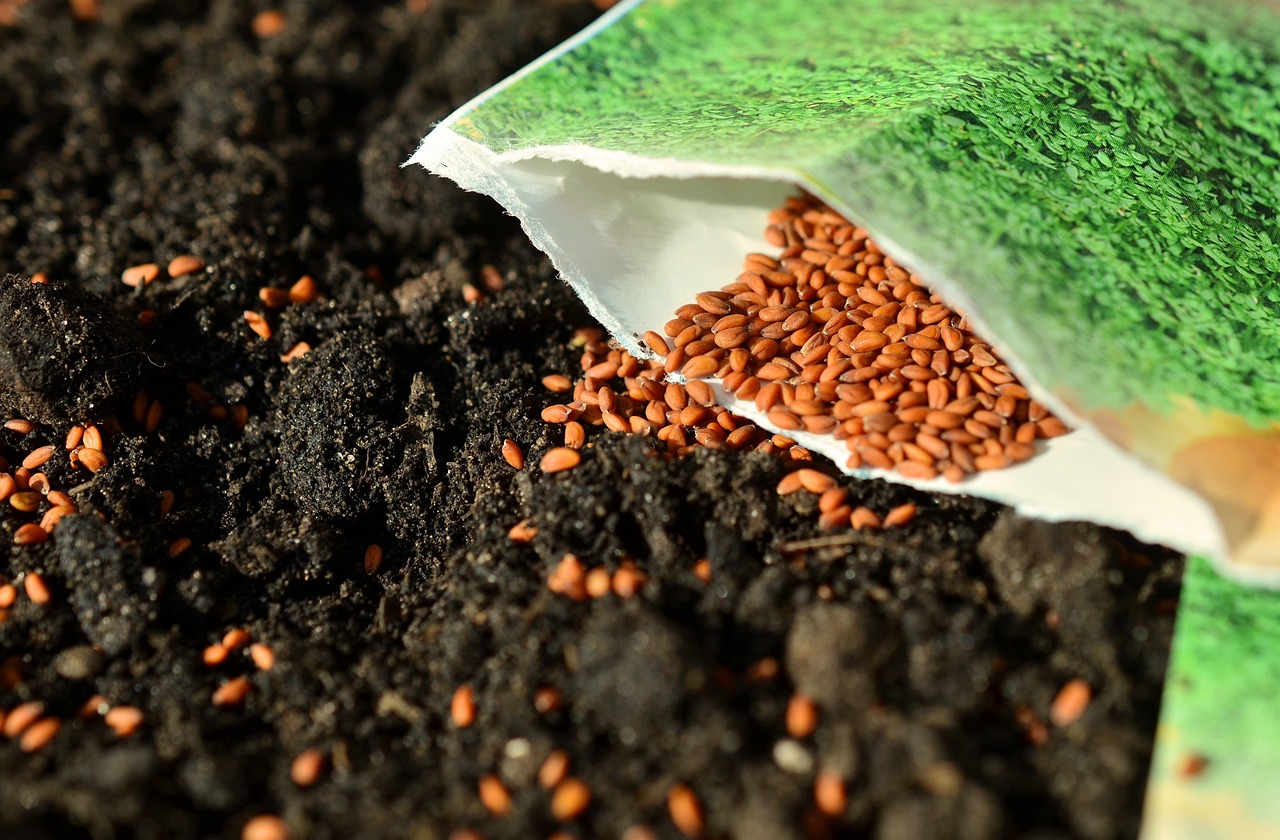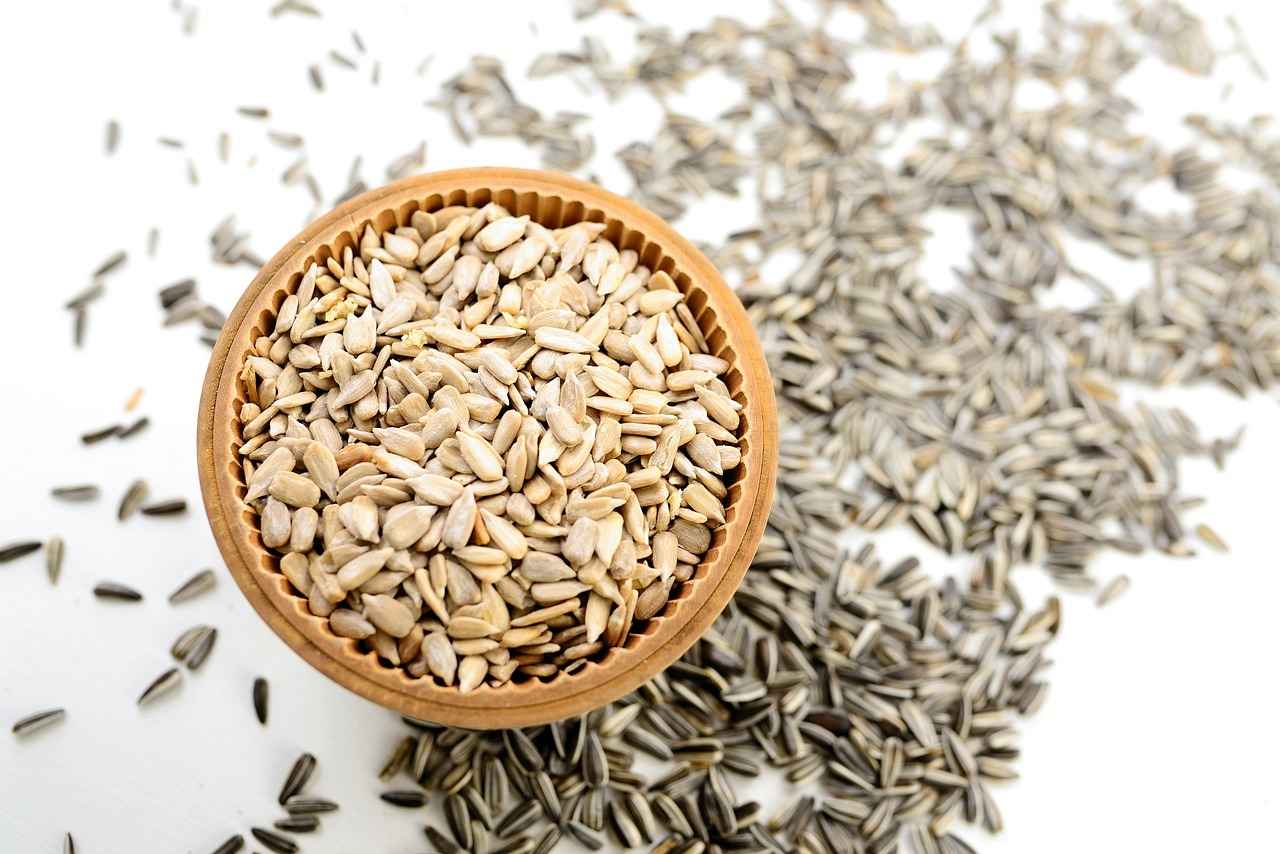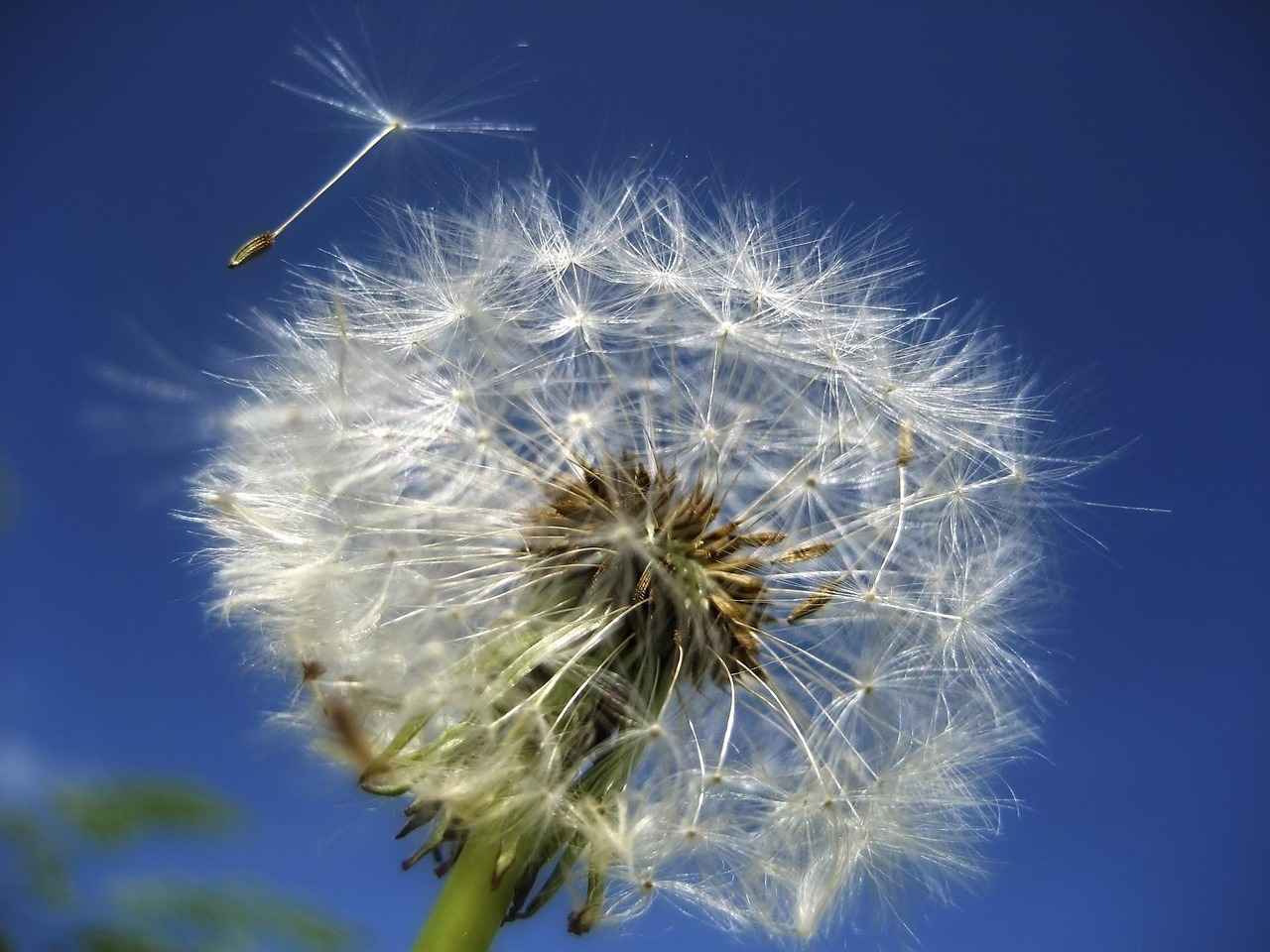This article provides a comprehensive guide on how to successfully grow chia seeds at home, covering everything from preparation to harvesting and practical tips for optimal growth.
Chia seeds are tiny, nutrient-dense seeds known for their numerous health benefits. They are packed with omega-3 fatty acids, fiber, and antioxidants, making them a popular choice among health enthusiasts. Regular consumption can support heart health, improve digestion, and aid in weight management.
Growing chia seeds at home offers a plethora of benefits. Not only do you get to enjoy fresh, organic produce, but it also allows you to save money on store-bought superfoods. Additionally, the rewarding experience of nurturing plants fosters a deeper connection with nature.
To embark on your chia-growing journey, you will need the following basic supplies:
- Chia seeds
- Quality potting soil
- Containers (pots or trays)
- Water
- Sunlight (a sunny windowsill or outdoor space)
Proper soil preparation is crucial for the successful growth of chia seeds. The soil should be well-draining and rich in nutrients. A mixture of potting soil and compost can create an ideal growing environment. Ensure the pH level is between 6.0 and 8.0 for optimal growth.
Timing is essential when planting chia seeds. They thrive in warm temperatures, ideally around 70°F to 85°F. The best planting season is typically in the spring or early summer when the risk of frost has passed.
Follow these steps to plant your chia seeds:
- Fill your container with prepared soil.
- Sprinkle chia seeds evenly over the surface.
- Lightly press the seeds into the soil, ensuring they are not buried too deep.
- Water gently to moisten the soil without washing away the seeds.
- Place the container in a sunny location.
Caring for chia plants involves several key practices:
- Watering: Keep the soil consistently moist but not soggy.
- Sunlight: Ensure they receive at least 6 hours of sunlight daily.
- Pest Management: Monitor for pests and use organic remedies as needed.
Chia seeds have a relatively quick growth cycle, typically taking 7 to 14 days to germinate. From planting to harvest, it usually takes about 3 to 4 months, depending on environmental conditions.
Harvesting chia seeds is a rewarding process. Watch for signs that your plants are ready, such as the flowers turning brown and the seed heads becoming dry. To harvest, cut the seed heads and place them in a paper bag. Shake the bag to release the seeds.
Like any gardening endeavor, growing chia seeds can present challenges. Common issues include:
- Pest infestations can be managed with organic solutions.
- Overwatering can lead to root rot, so ensure proper drainage.
- Insufficient sunlight can hinder growth, so choose an optimal location.
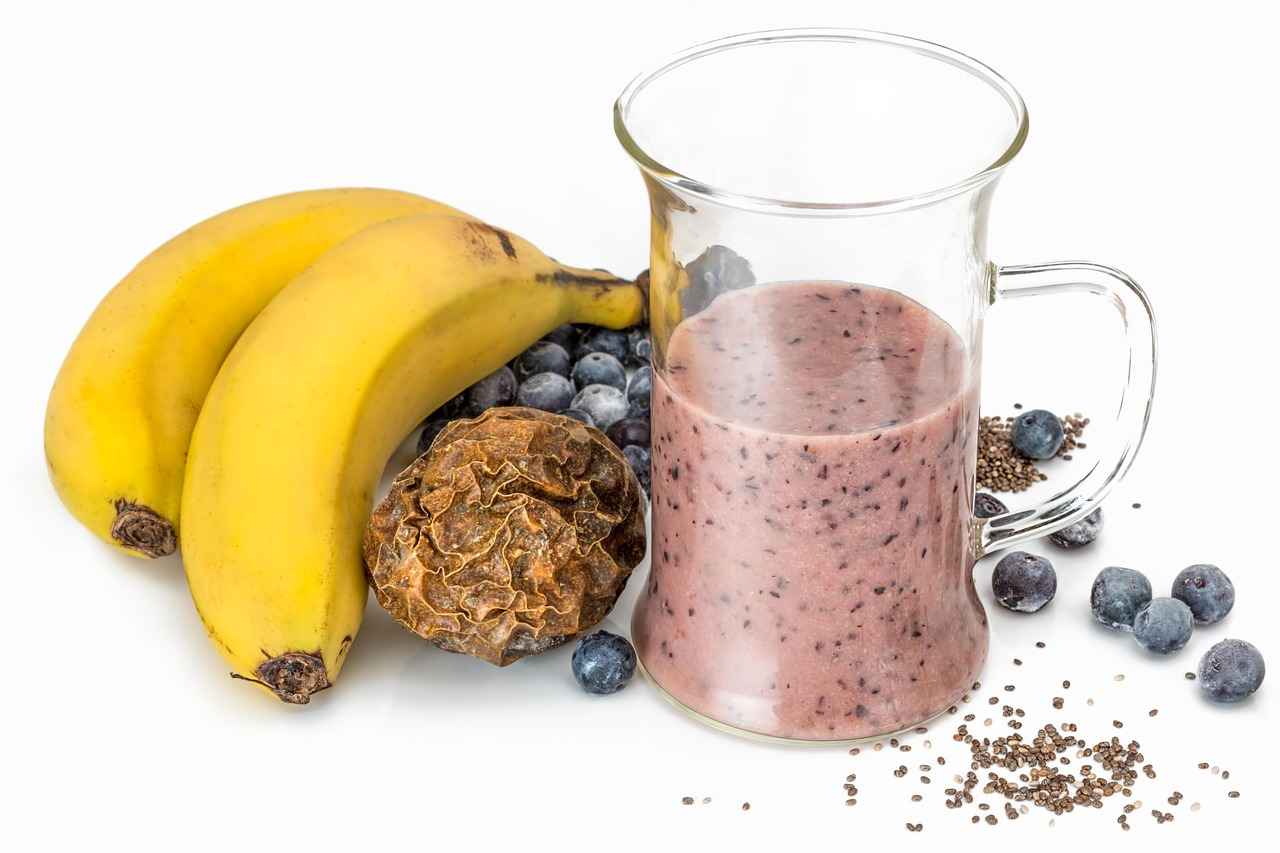
What Are Chia Seeds and Their Benefits?
Chia seeds, derived from the Salvia hispanica plant, are tiny yet powerful seeds that have gained immense popularity in the health and wellness community. These seeds, often referred to as a superfood, are packed with essential nutrients that contribute to overall well-being.
One of the most notable benefits of chia seeds is their high content of omega-3 fatty acids. These healthy fats are crucial for heart health, as they help reduce inflammation and lower cholesterol levels. In fact, chia seeds contain more omega-3 fatty acids than salmon, making them an excellent plant-based source for those looking to boost their intake.
In addition to omega-3s, chia seeds are an excellent source of dietary fiber. Just two tablespoons of chia seeds provide about 11 grams of fiber, which is essential for digestive health. This fiber content not only aids in digestion but also promotes a feeling of fullness, making chia seeds a great addition to weight management diets.
Another significant aspect of chia seeds is their rich antioxidant profile. Antioxidants are vital for protecting the body from oxidative stress and free radicals, which can lead to chronic diseases. Chia seeds contain various antioxidants, including quercetin and chlorogenic acid, which contribute to their health-promoting properties.
Chia seeds are also a good source of essential minerals such as calcium, magnesium, and phosphorus. These minerals play a crucial role in maintaining strong bones and overall bodily functions. For individuals who follow a plant-based diet, chia seeds can serve as a valuable supplement to help meet daily mineral requirements.
Moreover, chia seeds are incredibly versatile and easy to incorporate into various meals. They can be added to smoothies, yogurt, salads, and baked goods, enhancing both the nutritional value and texture of dishes. When soaked in liquid, chia seeds expand and form a gel-like consistency, making them perfect for creating puddings or as a thickening agent in recipes.
For those interested in gluten-free options, chia seeds are a fantastic choice. They are naturally gluten-free, making them suitable for individuals with celiac disease or gluten sensitivity. This quality further cements their status as a popular ingredient in health-conscious cooking.
In summary, chia seeds are not just a trend; they are a powerhouse of nutrients that offer numerous health benefits. From their high omega-3 content to their fiber and antioxidant properties, incorporating chia seeds into your diet can lead to improved health outcomes. Whether you are looking to enhance your heart health, boost your fiber intake, or simply explore new culinary options, chia seeds are an excellent choice.
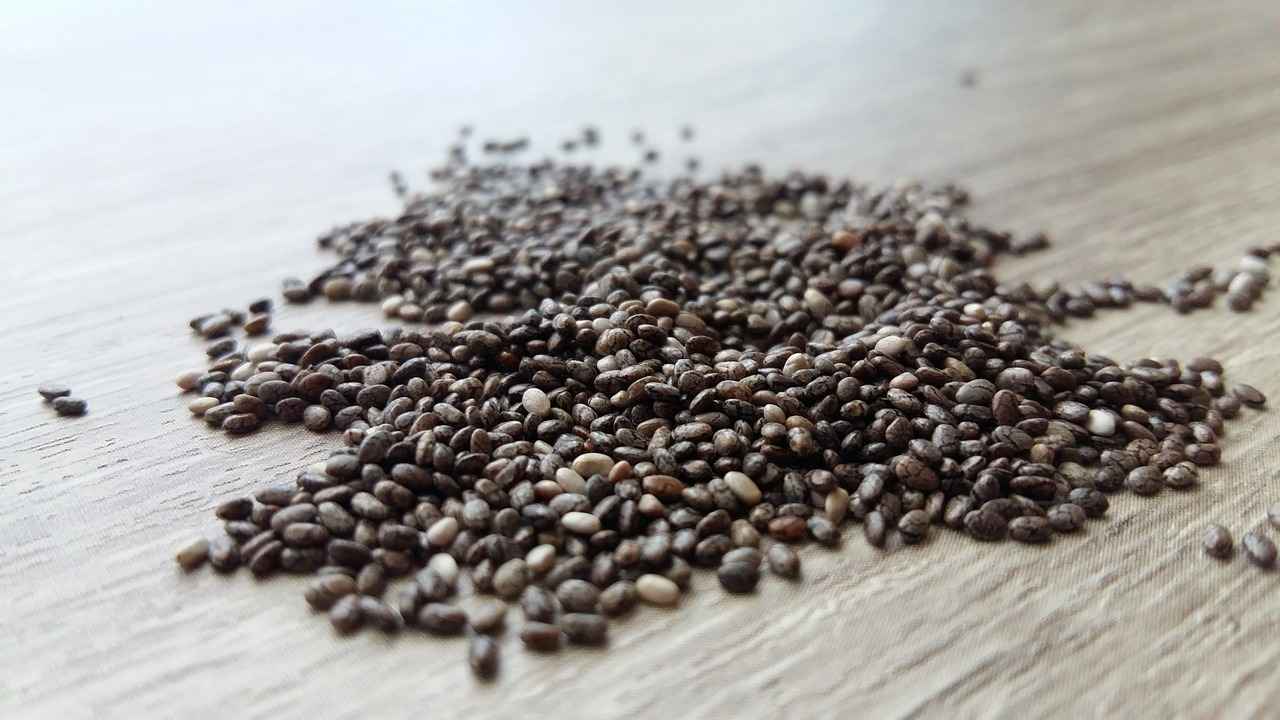
Why Grow Chia Seeds at Home?
Growing chia seeds at home is not just a trend; it is a smart and sustainable choice for anyone looking to enhance their diet and gardening skills. With the rising interest in organic produce, cultivating your own chia seeds allows you to enjoy fresh and nutritious food right from your backyard or kitchen. This guide explores the numerous reasons why growing chia seeds at home is beneficial.
One of the primary reasons to grow chia seeds at home is the ability to access fresh, organic produce whenever you need it. Chia seeds are renowned for their health benefits, including being rich in omega-3 fatty acids, fiber, and protein. By growing them yourself, you can ensure that they are free from harmful pesticides and chemicals that are often present in store-bought options.
Another significant advantage is the cost savings. Purchasing organic chia seeds from stores can be expensive, especially when you factor in the cost of shipping. By growing them at home, you can save money in the long run. A small packet of chia seeds can yield a substantial harvest, providing you with a continuous supply of this superfood.
Gardening is a fulfilling hobby that can reduce stress and improve mental well-being. Growing chia seeds offers a rewarding experience as you watch them sprout and flourish. The process of nurturing plants and witnessing their growth can be incredibly satisfying and can also serve as a great educational opportunity for families, teaching children about sustainability and the food production process.
Chia seeds are often referred to as a superfood due to their numerous health benefits. They are packed with antioxidants, which help combat oxidative stress in the body. Additionally, their high fiber content aids in digestion and promotes a feeling of fullness, making them an excellent choice for those looking to manage their weight. By growing your own chia seeds, you can incorporate them into your diet more easily and enjoy their health benefits firsthand.
By growing chia seeds at home, you contribute to a more sustainable environment. Home gardening reduces the carbon footprint associated with transporting food from farms to stores. Furthermore, it encourages biodiversity and can help pollinators by providing a habitat for beneficial insects. Every small effort counts towards a healthier planet.
Having chia seeds readily available at home means you can incorporate them into your meals without the hassle of a grocery store trip. Whether you add them to smoothies, salads, or baked goods, the convenience of having fresh chia seeds on hand enhances your culinary options. This accessibility encourages healthier eating habits and experimentation in the kitchen.
In summary, growing chia seeds at home is a practical and rewarding endeavor. From enjoying fresh and organic produce to saving money and contributing to a sustainable environment, the benefits are numerous. Whether you are an experienced gardener or a beginner, cultivating chia seeds can enrich your life in various ways.
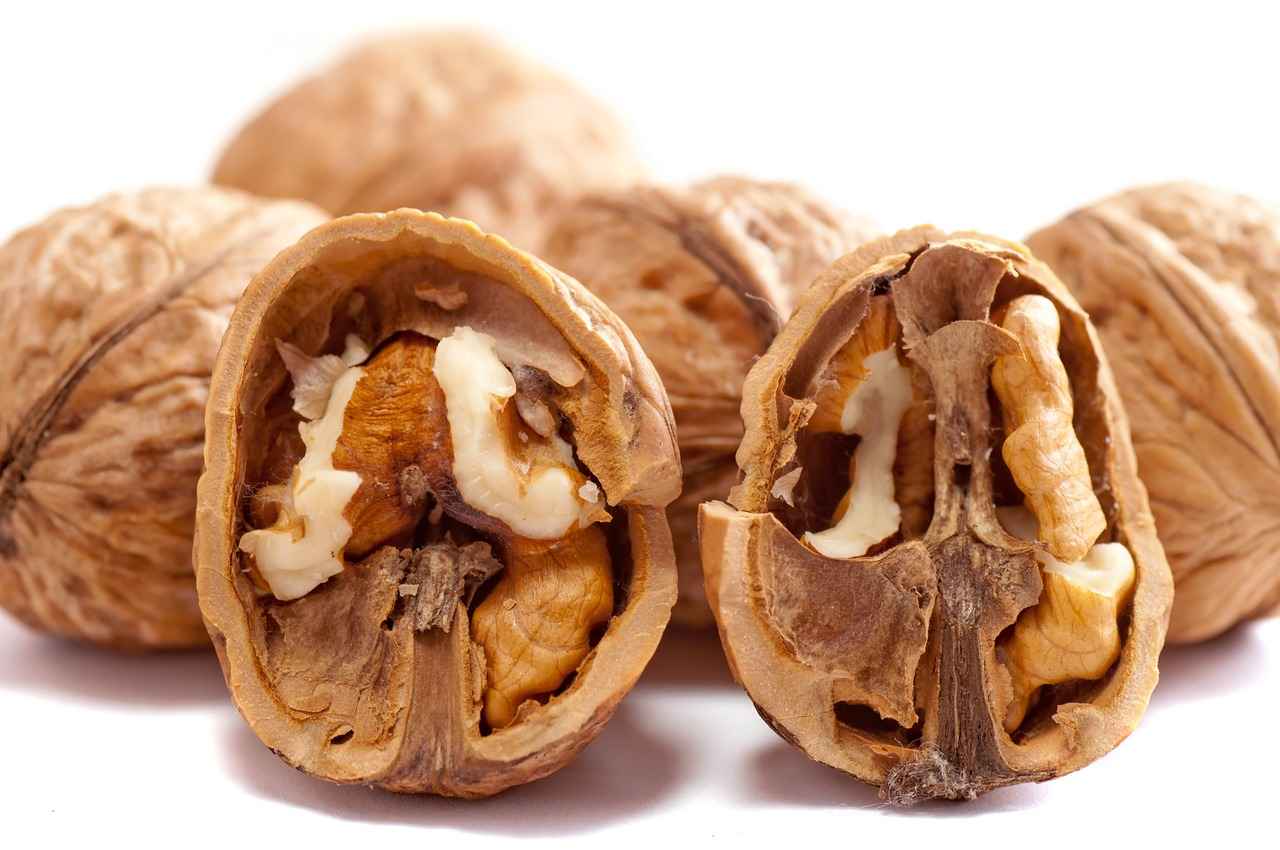
What Do You Need to Start Growing Chia Seeds?
When embarking on your journey to grow chia seeds, it’s essential to gather the right supplies and understand the requirements for successful cultivation. This process not only enhances your gardening experience but also ensures that your chia plants thrive. Below, we outline the key components you will need to start growing chia seeds effectively.
- Chia Seeds: The most critical element in your gardening project. Choose high-quality, organic chia seeds to ensure optimal growth and health benefits.
- Containers: You can use pots, seed trays, or even recycled containers. Make sure they have proper drainage holes to prevent waterlogging, which can harm the seeds.
- Soil: A well-draining potting mix is ideal for chia seeds. Look for a blend that is rich in organic matter and nutrients. You can also consider adding perlite or sand to enhance drainage.
- Water: Proper hydration is crucial. Use a spray bottle or a gentle watering can to moisten the soil without washing away the seeds.
- Light: Chia seeds require plenty of sunlight. A south-facing window or a grow light can provide the necessary light for healthy growth.
Creating the right environment for your chia seeds is vital for their growth. Chia plants thrive in warm temperatures, ideally between 70°F to 90°F (21°C to 32°C). Ensure that your containers are placed in a location that receives at least 6 hours of sunlight each day. If growing indoors, consider using fluorescent or LED grow lights to supplement natural light, especially during winter months.
Before planting, prepare your containers by filling them with the potting mix. Moisten the soil lightly, ensuring it is damp but not saturated. This initial hydration helps create a conducive environment for seed germination. Once your containers are ready, it’s time to plant the seeds.
Scatter the chia seeds evenly on the surface of the moist soil. A general guideline is to plant them about 1/4 inch deep, but chia seeds can also germinate well when simply pressed into the soil surface. After planting, lightly mist the soil with water to settle the seeds in place without displacing them.
Once your chia seeds are planted, maintaining the right conditions is crucial. Regularly check the moisture level of the soil, ensuring it remains consistently damp but not overly wet. Avoid overwatering, as this can lead to mold or root rot. As the seedlings emerge, thin them out if necessary, allowing the strongest plants to flourish.
Growing chia seeds at home not only provides you with fresh, organic produce but also offers a fulfilling gardening experience. You’ll have control over the growing conditions and can ensure that your plants are free from harmful pesticides and chemicals. Plus, the health benefits of chia seeds, such as being rich in omega-3 fatty acids and fiber, make them a valuable addition to your diet.
By gathering the right supplies and understanding the essentials of planting and maintaining chia seeds, you are well on your way to enjoying the fruits of your labor. Embrace the journey of growing chia seeds and reap the numerous benefits they offer!
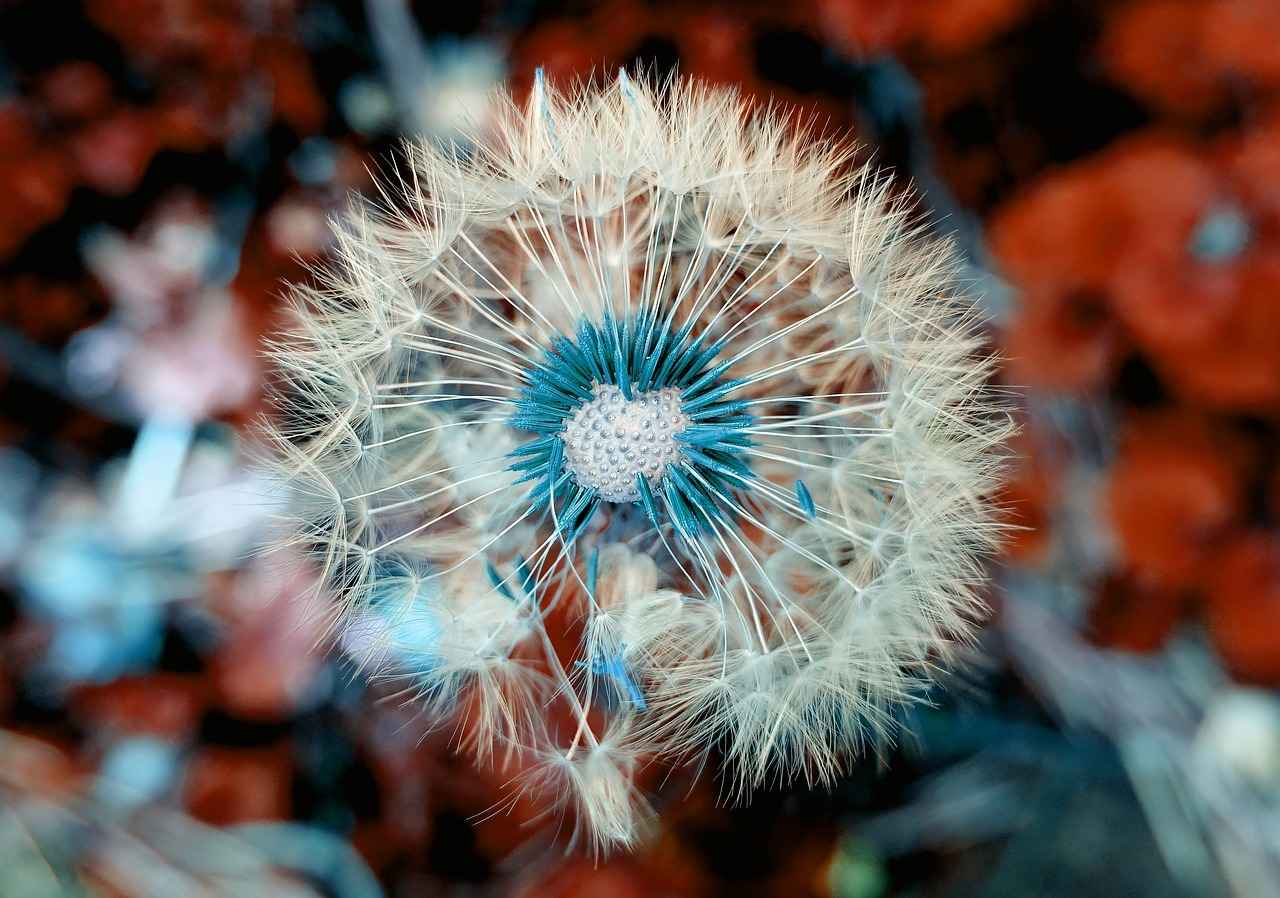
How to Prepare the Soil for Chia Seeds?
Preparing the soil for chia seeds is an essential step that can significantly influence their growth and yield. Chia seeds thrive in a well-balanced environment, and the right soil preparation lays the foundation for healthy plants. In this guide, we will explore the key elements needed to create the ideal soil conditions for your chia seeds.
To start, it’s important to recognize that chia plants prefer a soil composition that is light and well-draining. Heavy, compact soils can retain too much moisture, leading to root rot and other issues. The ideal soil should contain:
- Organic matter: Adding compost or well-rotted manure enriches the soil with vital nutrients.
- Sand or perlite: These materials improve drainage and aeration, which are crucial for chia seed development.
- pH level: Chia plants flourish in slightly acidic to neutral pH levels, ideally between 6.0 and 7.0.
Now that you understand the components needed, follow these steps to prepare your soil:
- Select a location: Choose a spot that receives plenty of sunlight, as chia seeds need at least 6 hours of direct sunlight daily.
- Clear the area: Remove any weeds, rocks, or debris from the planting site to prevent competition for nutrients.
- Till the soil: Use a garden fork or tiller to loosen the soil to a depth of at least 12 inches. This step enhances aeration and root penetration.
- Mix in organic materials: Incorporate compost or other organic matter evenly throughout the soil. This boosts nutrient levels and improves soil structure.
- Check drainage: Conduct a simple drainage test by digging a small hole and filling it with water. If the water drains within an hour, your soil is ready.
Once your soil is prepared, maintaining its health is critical for ongoing chia seed growth. Here are some tips:
- Regular testing: Test your soil every few months to monitor pH and nutrient levels. Adjust as necessary using organic fertilizers.
- Mulching: Applying a layer of organic mulch can help retain moisture, suppress weeds, and slowly add nutrients back into the soil.
- Crop rotation: If you plan to grow chia seeds in successive seasons, consider rotating with other crops to prevent nutrient depletion and pest build-up.
Proper soil preparation is a fundamental aspect of growing chia seeds successfully. By ensuring your soil is well-draining, nutrient-rich, and properly aerated, you set the stage for a bountiful harvest. With these guidelines, you can create an optimal growing environment that will support the healthy growth of your chia plants.
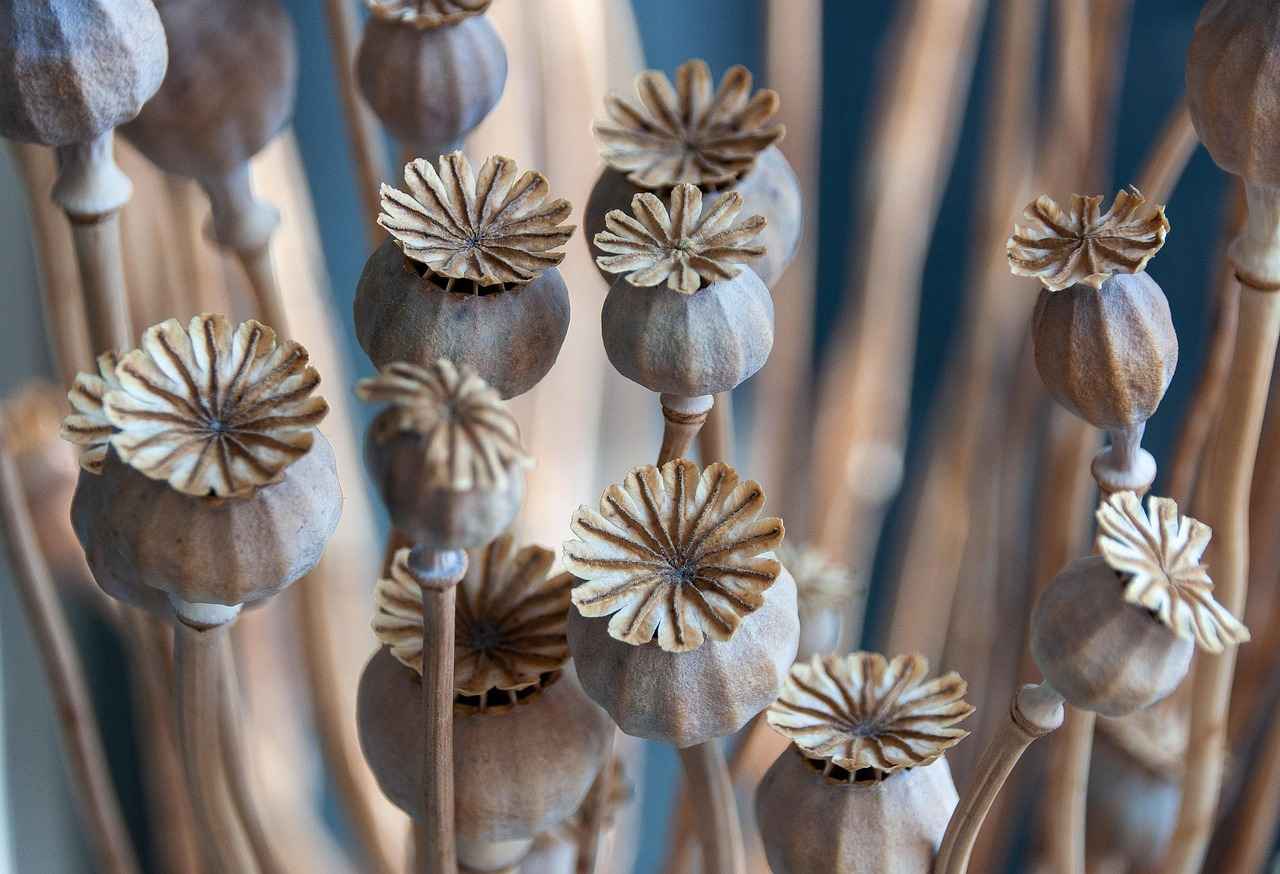
When is the Best Time to Plant Chia Seeds?
When it comes to growing chia seeds, timing is crucial. These remarkable seeds, known for their nutritional benefits, thrive in warm temperatures. Therefore, understanding when to plant them can significantly impact your harvest. In this section, we will delve into the optimal planting season for chia seeds and the factors that influence their growth.
What Is the Ideal Temperature for Chia Seeds?
Chia seeds flourish in temperatures ranging from 70°F to 100°F (21°C to 38°C). Planting them during the warmer months ensures they receive the heat they need to germinate effectively. If you live in a region with colder climates, it may be beneficial to wait until the risk of frost has passed before planting.
What Are the Best Seasons for Planting?
- Spring: In most areas, late spring is the prime time for planting chia seeds. This period allows the seeds to take advantage of the warming soil and longer daylight hours.
- Summer: Early summer is also suitable, especially in regions with mild climates. The warm temperatures during this season can lead to robust growth.
How Does Soil Temperature Affect Planting?
The soil temperature plays a vital role in the germination of chia seeds. Ideally, the soil should be around 65°F (18°C) for optimal growth. You can check soil temperature using a soil thermometer, ensuring that you plant at the right time.
What About Planting Indoors?
If you live in a cooler area, consider starting your chia seeds indoors. This method allows you to control the temperature and environment better. Once the seedlings are about 4-6 inches tall and the outdoor conditions are favorable, you can transplant them outside.
How to Monitor Weather Conditions?
Keeping an eye on the weather forecast is essential when planning to plant chia seeds. Look out for any unexpected cold fronts or frost warnings that could jeopardize your seedlings. A simple weather app can help you stay informed.
What Are the Signs of a Good Planting Time?
Aside from temperature, consider the following signs to determine the right time for planting:
- Consistent warm temperatures.
- Absence of frost in the forecast.
- Soil moisture levels are adequate.
By paying attention to these factors, you can ensure that your chia seeds are planted at the right time, setting the stage for a successful growing season. Remember, timing is everything when it comes to gardening, and with chia seeds, this is especially true. With proper planning and care, you’ll be well on your way to enjoying a bountiful harvest of these nutritious seeds.
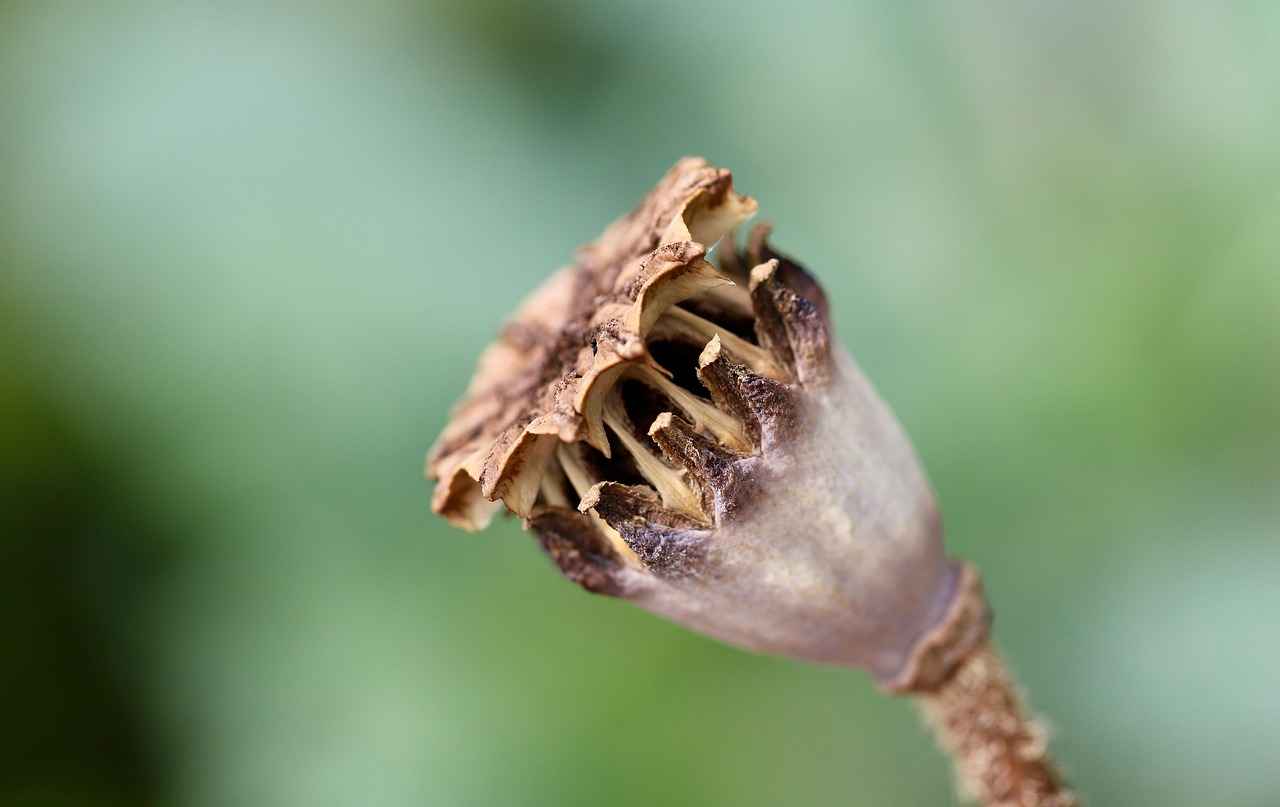
How to Plant Chia Seeds: Step-by-Step Instructions?
Planting chia seeds is a rewarding venture that allows you to grow your own nutritious superfood right at home. By following the right steps, you can ensure that your chia seeds germinate successfully and develop into healthy plants. Here’s a detailed guide on how to plant chia seeds effectively.
- Chia Seeds: Choose high-quality, organic chia seeds for the best results.
- Containers: Use shallow trays, pots, or garden beds with good drainage.
- Soil: Opt for nutrient-rich, well-draining potting mix.
- Water: Ensure you have access to clean water for regular watering.
Before planting, it’s essential to prepare the soil. Start by loosening the soil in your container or garden bed. Chia plants prefer loamy soil that retains moisture but drains well. Mix in organic matter, such as compost, to enrich the soil with nutrients.
Chia seeds are tiny, so they need to be planted carefully. Here’s how:
- Moisten the Soil: Lightly water the soil to ensure it is damp but not soaked.
- Sprinkle the Seeds: Evenly scatter chia seeds over the soil surface. Aim for about 1-2 teaspoons of seeds per square foot.
- Cover the Seeds: Lightly press the seeds into the soil or sprinkle a thin layer of soil over them, ensuring they are not buried too deep.
After planting, gently mist the area with water to avoid displacing the seeds. Keep the soil consistently moist but not waterlogged for optimal germination. Using a spray bottle can help maintain moisture without over-saturating the soil.
Chia seeds require plenty of sunlight to thrive. Place your containers in a location that receives at least 6 hours of sunlight daily. If you are growing them indoors, consider using grow lights to supplement natural light.
Within 7 to 14 days, you should start to see sprouts. As your chia plants grow, ensure they have enough space and light. Thin out the seedlings if they are too crowded, leaving about 12 inches between each plant.
As your chia plants mature, continue to water them regularly. Watch for any signs of pests or diseases, and address them promptly. Chia plants are relatively low-maintenance, but keeping an eye on their health will ensure a bountiful harvest.
By following these step-by-step instructions, you can successfully plant and grow chia seeds at home. Enjoy the process and the satisfaction of nurturing your own food!
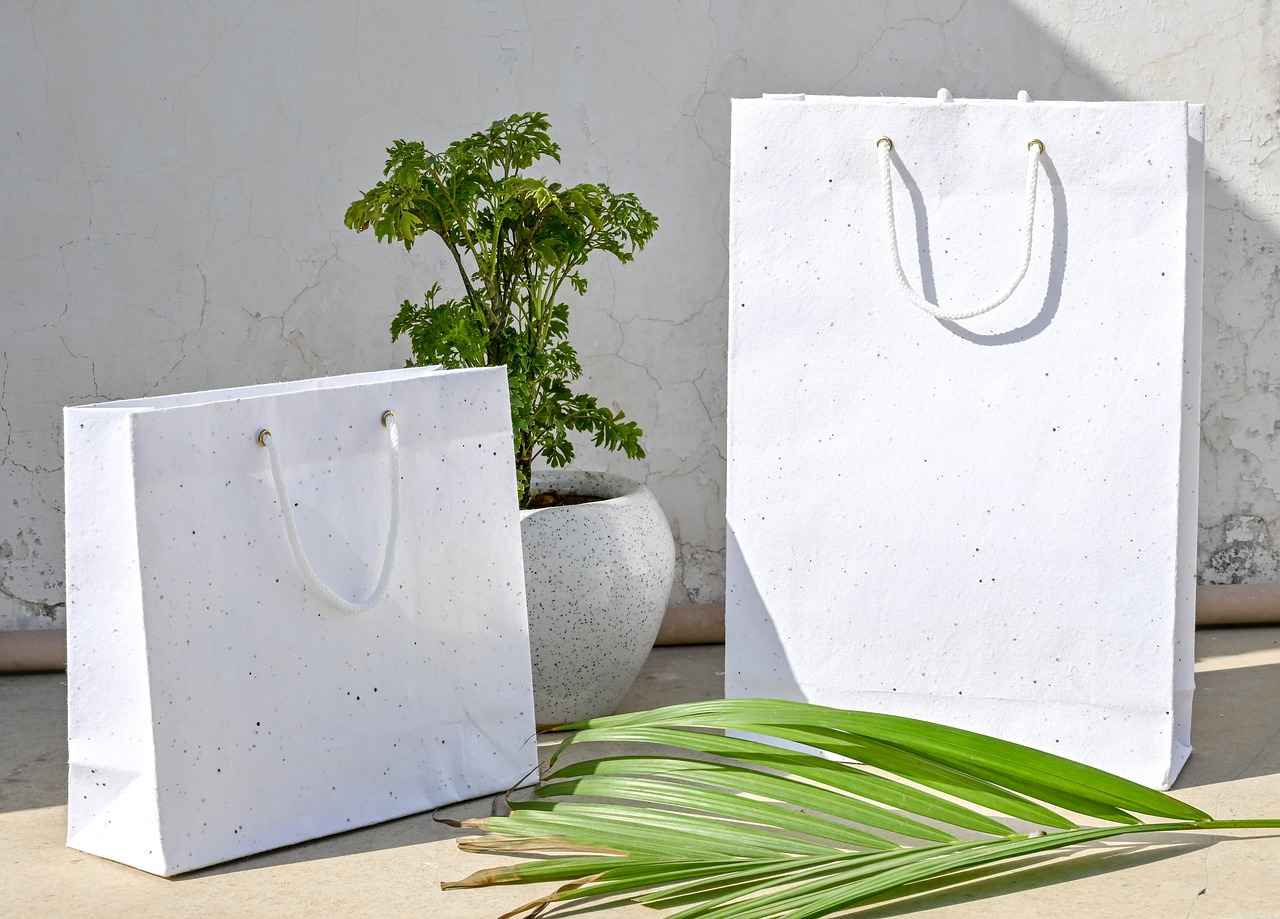
How to Care for Your Chia Plants?
Caring for your chia plants is essential to ensure they grow healthy and produce a bountiful harvest. These plants, known for their resilience and adaptability, require specific care to thrive. Below are the best practices for nurturing your chia plants throughout their growth cycle.
Watering is a critical aspect of chia plant care. Chia plants prefer moderate moisture, and overwatering can lead to root rot. It is advisable to water the plants when the top inch of the soil feels dry. Depending on your climate, this may mean watering every 2-3 days. Ensure that the pots have drainage holes to prevent water accumulation, which can be detrimental to the roots.
Sunlight is vital for chia plants, as they thrive in bright, indirect light. Ideally, they should receive at least 6 hours of sunlight each day. If you are growing chia indoors, placing them near a south-facing window is optimal. In hotter climates, some afternoon shade can protect them from scorching.
Pests can pose a significant threat to your chia plants. Regularly inspect your plants for common pests such as aphids and spider mites. If you notice any signs of infestation, consider using natural remedies like neem oil or insecticidal soap to eliminate these pests without harming your plants. Additionally, keeping your garden clean and free of debris can help prevent pest problems.
While chia plants are not heavy feeders, providing them with nutrients can enhance their growth. Using a balanced, organic fertilizer every 4-6 weeks can promote healthy foliage and seed production. Be cautious not to over-fertilize, as this can lead to excessive leaf growth at the expense of seed development.
Pruning chia plants can help maintain their shape and encourage bushier growth. Remove any dead or yellowing leaves to promote air circulation and prevent disease. Regularly checking for overcrowded areas will also ensure that each plant receives adequate light and nutrients.
Chia plants prefer warm temperatures, ideally between 70°F and 90°F (21°C to 32°C). If you live in a cooler climate, consider starting your chia seeds indoors and transplanting them outside once the weather warms up. Protect them from frost, as chia plants are sensitive to cold temperatures.
A healthy chia plant will exhibit vibrant green leaves and sturdy stems. If you notice any signs of wilting, discoloration, or stunted growth, reassess your care routine. Adjusting watering frequency, light exposure, or nutrient levels can often resolve these issues.
By following these best practices for chia plant care, you can ensure that your plants remain healthy and productive throughout their growth cycle. With the right attention and care, your chia plants will flourish, providing you with nutritious seeds and a rewarding gardening experience.
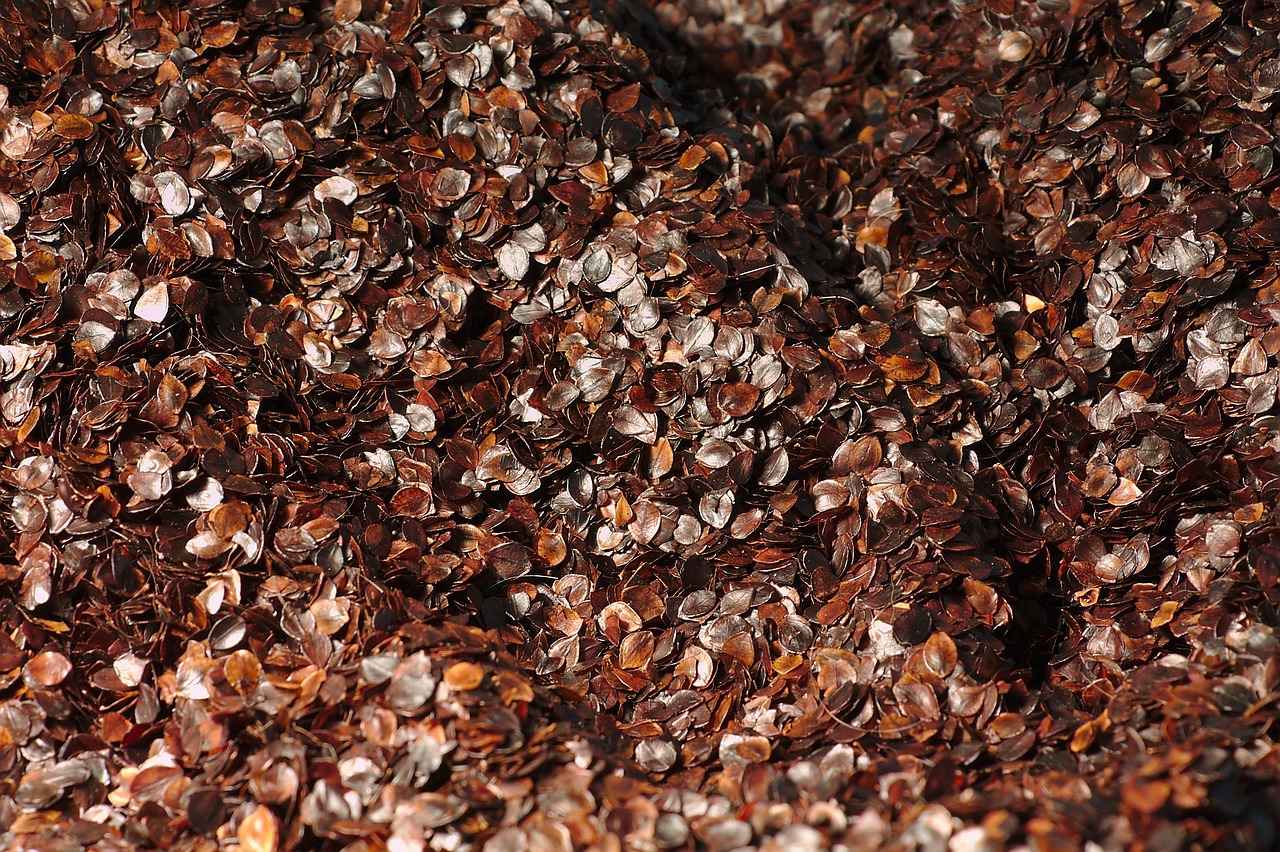
How Long Does It Take for Chia Seeds to Grow?
When it comes to growing chia seeds, understanding the timeline from planting to harvest is crucial for effective gardening. Chia seeds are known for their relatively quick growth cycle, which typically spans from 7 to 14 days for germination and around 90 to 120 days until harvest. This timeline allows gardeners to plan their gardening activities effectively, ensuring they can enjoy the fruits of their labor in a timely manner.
Here’s a breakdown of the growth timeline:
| Growth Stage | Duration | Description |
|---|---|---|
| Germination | 7-14 days | Chia seeds begin to sprout when the soil temperature is consistently warm and moist. |
| Seedling Stage | 2-3 weeks | Once germinated, seedlings develop their first true leaves and start to grow rapidly. |
| Vegetative Growth | 4-6 weeks | During this phase, the plants grow taller and produce more leaves, requiring adequate sunlight and water. |
| Flowering | 6-8 weeks | Chia plants produce beautiful purple or white flowers, which are essential for seed production. |
| Seed Maturation | 2-4 weeks | After flowering, the seeds mature within the flower heads, ready for harvest. |
To ensure that your chia seeds grow effectively, consider the following tips:
- Choose the Right Time: Plant your chia seeds in the spring when the soil is warm and the risk of frost has passed.
- Watering: Keep the soil consistently moist but not waterlogged, as chia plants thrive in well-draining conditions.
- Sunlight: Ensure your chia plants receive at least 6 hours of sunlight daily for optimal growth.
- Pest Management: Monitor your plants for pests and diseases, and take action promptly to protect your crop.
By understanding the growth cycle of chia seeds and implementing best practices, you can maximize your gardening efforts and enjoy a bountiful harvest. Whether you’re a novice gardener or have some experience, knowing the timeline and care requirements will help you cultivate healthy chia plants successfully.
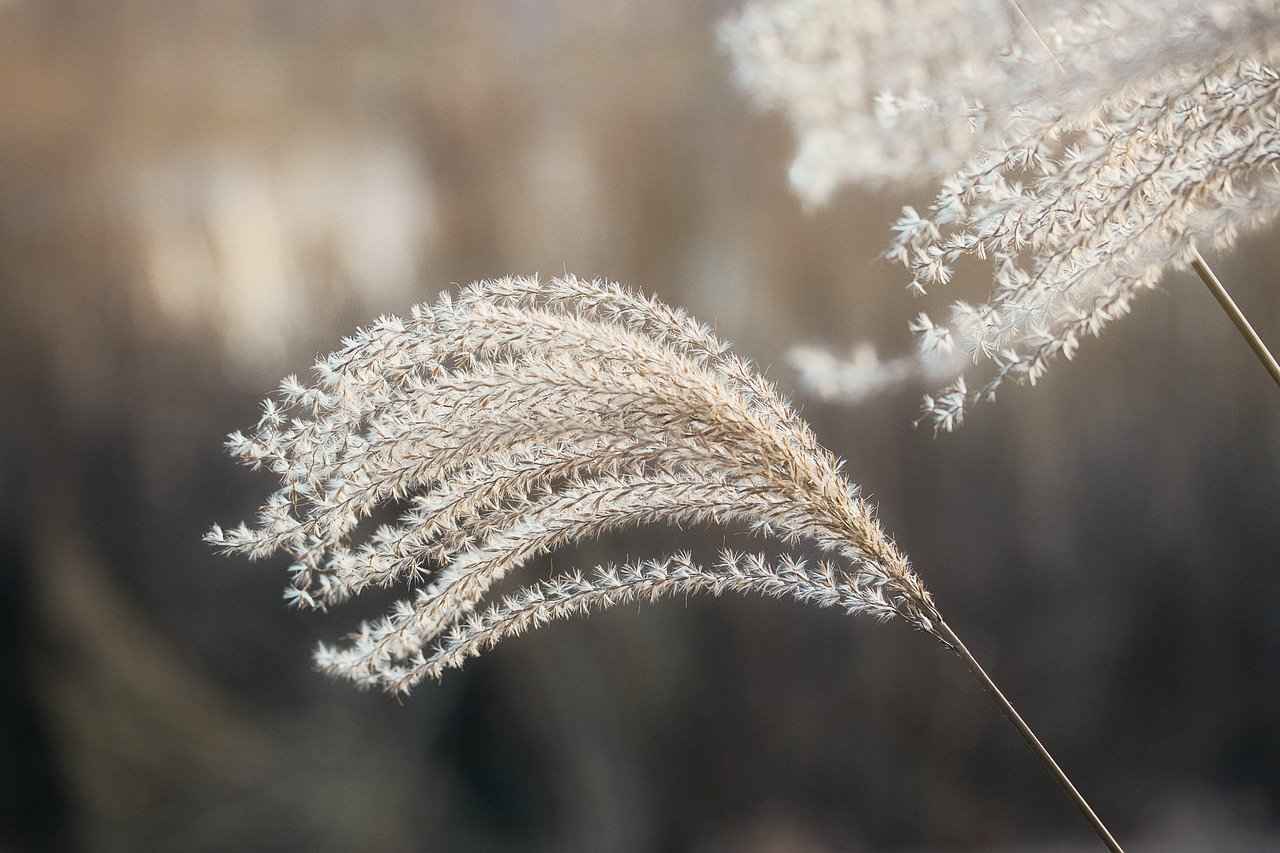
How to Harvest Chia Seeds?
Harvesting chia seeds is not only an exciting milestone in the gardening process but also a crucial step in ensuring that you reap the full benefits of your hard work. Knowing when and how to harvest your chia seeds can make all the difference in the quality and quantity of your yield. This guide will walk you through the signs indicating that your chia plants are ready for harvest and the proper steps to collect the seeds effectively.
When are Chia Plants Ready for Harvest?
- Look for flowering: Chia plants typically bloom with beautiful purple or white flowers. Once these flowers start to dry and wilt, it is a sign that the seeds are maturing.
- Check the seed pods: The seed pods will change color from green to a brown or tan hue, indicating they are ripe.
- Shake test: Gently shake the plant. If you hear a rattling sound, it means the seeds are ready to be harvested.
Steps to Harvest Chia Seeds
- Gather your tools: You will need pruning shears or scissors, a large container or basket, and a fine mesh sieve or cloth for cleaning the seeds.
- Cut the flower heads: Using your pruning shears, cut the flower heads from the plant when they are dry and brown. Make sure to leave a few inches of stem attached for easier handling.
- Dry the flower heads: Place the cut flower heads in a cool, dry area to continue drying for several days. This step ensures that the seeds are fully mature and easy to separate.
- Separate the seeds: Once dried, gently rub the flower heads between your fingers or use a sieve to separate the seeds from the chaff. This process may take some patience, but it is essential for collecting clean seeds.
- Store the seeds properly: Store your harvested chia seeds in a cool, dark place, preferably in an airtight container. This will help maintain their freshness and viability for future planting.
Why is Proper Harvesting Important?
Harvesting chia seeds at the right time and using the correct methods can significantly affect the quality of your seeds. If harvested too early, the seeds may not be fully developed, leading to lower germination rates. Conversely, waiting too long can result in seed loss due to natural dispersal or pest infestations.
In conclusion, harvesting chia seeds is a rewarding process that requires attention to detail and timing. By following the signs of readiness and employing the proper harvesting techniques, you can ensure a bountiful supply of chia seeds for your culinary and gardening needs. Happy harvesting!
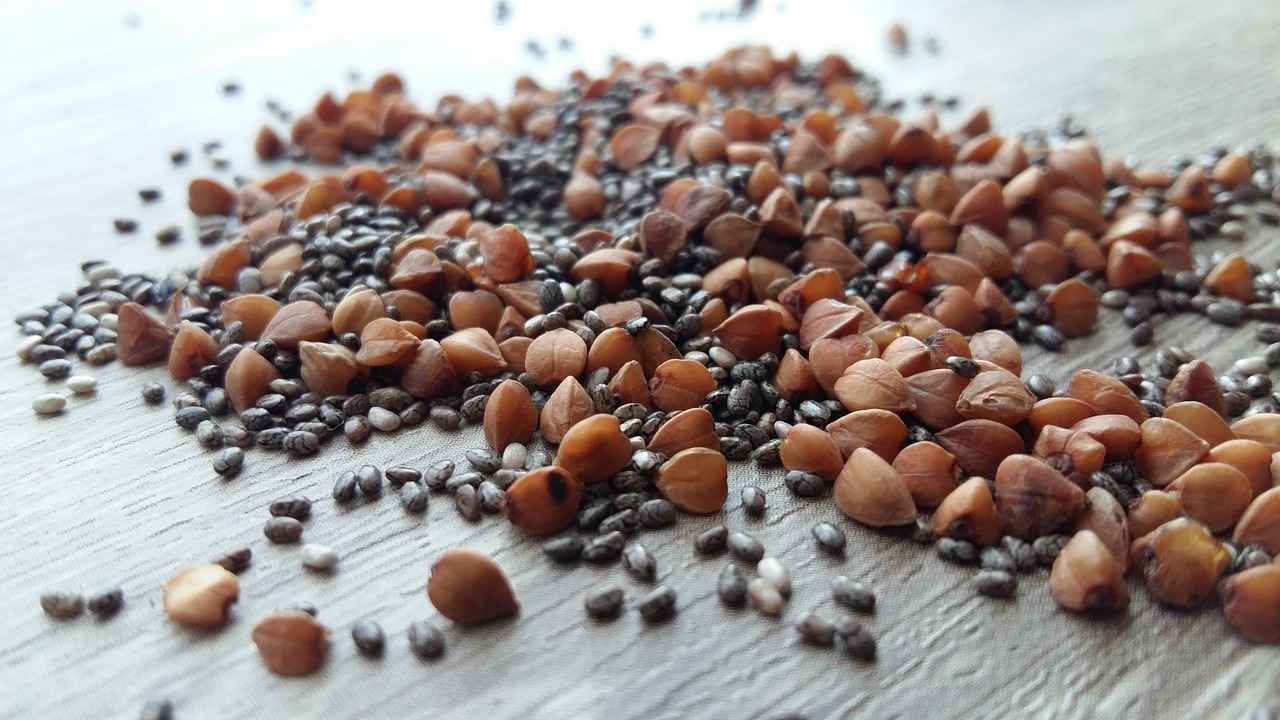
What Are Common Challenges When Growing Chia Seeds?
Growing chia seeds can be a rewarding experience, but like any gardening endeavor, it comes with its own set of challenges. Understanding these challenges and knowing how to tackle them can significantly enhance your gardening success. Below, we explore some of the most common issues faced by chia seed growers and provide practical solutions to ensure a thriving garden.
One of the first challenges you may encounter is poor germination rates. Chia seeds require specific conditions to sprout effectively. If your seeds are not germinating, consider the following:
- Soil Quality: Ensure the soil is well-draining and rich in organic matter.
- Temperature: Chia seeds thrive in warm temperatures (around 70°F to 80°F). Planting too early in the cold can hinder germination.
- Moisture: Keep the soil consistently moist but not waterlogged; too much water can lead to seed rot.
Pests can be detrimental to your chia plants. Common pests include aphids and spider mites. To manage these nuisances:
- Regular Monitoring: Check your plants regularly for signs of infestation.
- Natural Remedies: Use insecticidal soap or neem oil as organic solutions to deter pests.
- Companion Planting: Consider planting marigolds or basil nearby to naturally repel harmful insects.
Chia plants require ample sunlight to grow. Insufficient light can result in weak, spindly plants. To ensure your chia plants receive adequate light:
- Location: Choose a spot that receives at least 6-8 hours of direct sunlight daily.
- Rotation: If growing indoors, rotate your plants periodically to ensure even light exposure.
Watering is critical for chia plants, but both overwatering and underwatering can harm them. To maintain the right balance:
- Consistent Moisture: Water regularly, keeping the soil moist but not soggy.
- Drainage: Ensure your containers have drainage holes to prevent standing water.
Chia plants thrive in nutrient-rich soil. Deficiencies can lead to stunted growth and poor yields. To combat this:
- Fertilization: Use a balanced fertilizer or compost to enrich the soil.
- Soil Testing: Conduct a soil test to identify any nutrient deficiencies and amend accordingly.
By being aware of these common challenges and implementing the suggested solutions, you can create a conducive environment for your chia seeds to flourish. Gardening is a journey filled with learning opportunities, and overcoming these challenges will not only enhance your gardening skills but also lead to a bountiful harvest.
Frequently Asked Questions
- How long does it take for chia seeds to sprout?
Chia seeds typically sprout within 5 to 10 days under optimal conditions. Keep your soil moist and warm to encourage quick germination!
- Can I grow chia seeds indoors?
Absolutely! Chia seeds can thrive indoors as long as they receive adequate sunlight and water. A sunny windowsill or a grow light works wonders!
- What is the best soil type for chia seeds?
Chia seeds prefer well-draining, nutrient-rich soil. A mix of potting soil and compost can create an ideal environment for growth.
- Do chia plants require a lot of water?
While chia plants do need regular watering, be careful not to overwater them. They thrive in moist but not soggy soil!
- What pests should I watch out for when growing chia seeds?
Common pests include aphids and spider mites. Regularly check your plants and use natural pest control methods when needed.
- Can I save chia seeds from my harvest?
Yes! You can save seeds from your harvest to plant next season. Just make sure they are completely dry before storing them in a cool, dark place.
